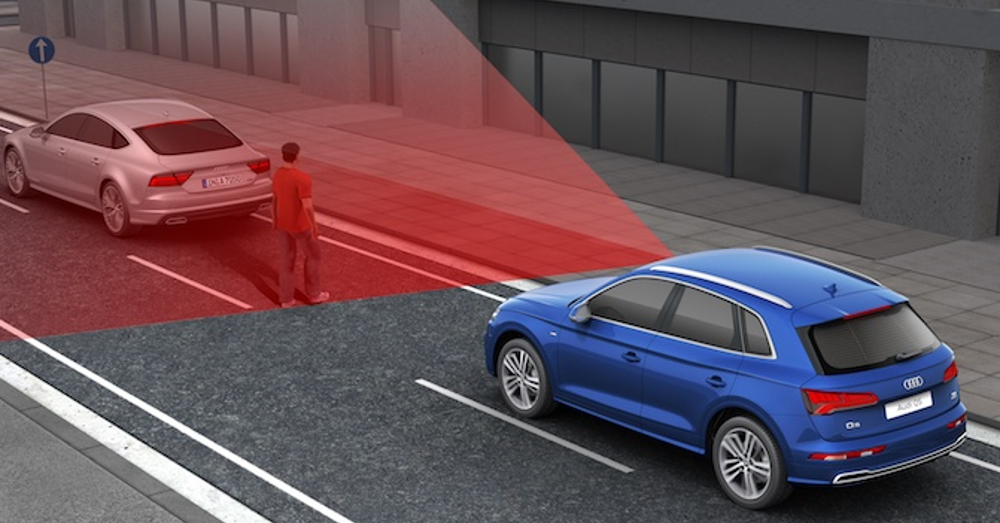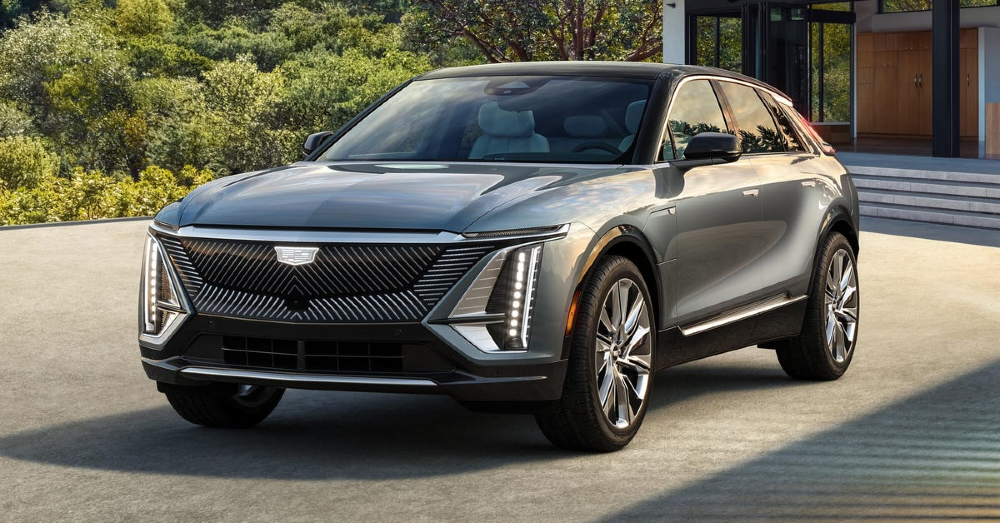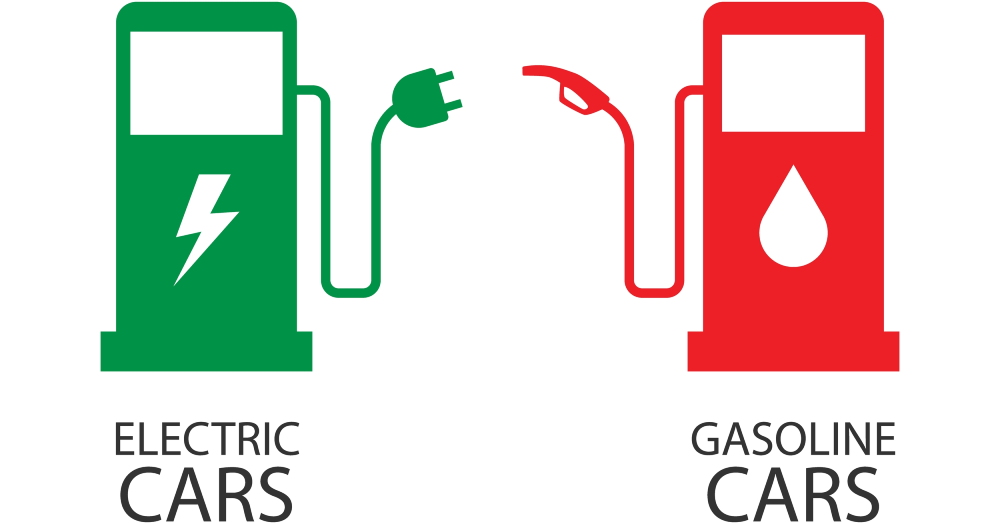
Is the Federal Government Pushing Electric Vehicles Too Hard?
The goal of cleaning up the air could have adverse effects. We might not be ready for electric vehicles on the federal government’s timeline.
The Executive Office set a goal to have half or more of the cars sold in the United States be powered by electricity by 2030. This pushed the automotive world forward into a rush to figure out how to do this. Here we are, almost to 2023, and it seems like EVs are coming hard but is this movement too fast and too furious for most Americans?
Here are ten reasons we aren’t ready for electric vehicles:
1. Most EVs are Just Too Expensive
Wages haven’t kept up with inflation, but EVs present a completely different problem. These electrified vehicles require more advanced technology to operate than any other cars that came before them. This means the prices of EVs are much higher than the vehicles they replace. Unless the average wage increases, which will have a snowball effect, most Americans can’t afford to buy an EV and will stick to their older gasoline cars until EVs become more affordable.
2. As Driving Range Improves, Charging Times are Still a Problem
If you went to a gas station and were limited to filling your vehicle to only 80 percent capacity, you might be pretty upset. Most DC fast chargers will take EVs from 10 to 80 percent in less than an hour, which is still too long, but if you want to get that last 20 percent, you’ll be there for another hour. Can you imagine filling up using a gas pump for two hours? This is still a serious problem with electric vehicles.
3. Only the Vehicle Itself is a Zero-Emissions Product
Maybe we should take a step back and ask the federal government to put the horse in front of the cart where it belongs. The electricity used to charge an EV is typically the product of coal-burning power stations. Mining minerals for EV batteries is extremely harmful to the planet. Is it worth the tradeoffs of having a car that doesn’t emit harmful chemicals? Let’s explore better electricity production and mining operations before pushing EVs as heavily as we are.
4. Where Are the Charging Stations?
There is a plan in place by both federal and state governments to build more electric charging stations around the country. This will be helpful when more EVs are on the road, but the original prediction is only about half of what’s needed to make driving electric vehicles useful. While most people will charge their cars at home, we can’t take away the love we have for road trips, which are completely different when driving an EV.
5. Fast-Charging Damages the Batteries
The faster electricity is pushed into the batteries, the faster the batteries will degrade. This means that technology isn’t at the level we need. What’s necessary is to develop faster ways to charge batteries without damaging them, which might require different chemistry in the batteries than what we have now. This is another example of pushing the product before development is where it should be. Expect these early EVs to die much sooner than models that will arrive once science catches up with our needs.
6. EVs Increase Homeowner’s Electric Bill
Charging an EV at home isn’t free. In fact, charging your EV is similar to running your dryer for the same amount of time as the EV takes to charge. This can increase your electric bill quite a bit. Charging an EV isn’t free, but right now, it’s done during a typical non-peak usage time, which is overnight. That said, most EVs are much more affordable to charge than gas-powered vehicles, but you’ll need to get used to a higher electric bill.
7. The Electric Grid Isn’t Made to Handle Millions of EVs
Utility companies providing power for electric vehicles will likely need to change their output during non-peak times. If most homes have at least one EV charging overnight, the draw during these traditional non-peak hours will increase significantly. This could cause problems for most utility providers that don’t store electricity and regularly produce less power during overnight hours. This could be another place where local and federal government officials need to get involved and work toward a viable solution.
8. More Costs for Homeowners That Drive EVs
The early EVs offered overnight charging using a 120-volt standard outlet, but these EVs had very little driving range. Today, we have more driving range, but if you used a 120-volt outlet, it would take several days to recharge an EV. This means you need a 240-volt dedicated outlet and charging equipment to recharge your EV. Many automakers provide the connection between the vehicle and your 240-volt outlet at no cost, but you’ll need to install the dedicated power outlet in you home, which can cost quite a bit.
9. Gas Prices Will Soar and Cause Many to Stop Driving
Experts predict that consumers will buy more electric vehicles when the gas prices get too high to be sustainable. Even with the war between Russia and Ukraine and the increased gas prices associated with that action, there wasn’t a huge push toward EVs. Unfortunately, the same drivers that can’t afford an EV also might not be able to afford gas when it reaches the price that makes EVs more attractive. This could push some drivers off the road, looking for alternative means of transportation.
10. EVs Should be Great for Inner-City Populations, But They Aren’t
Large cities use more vertical real estate than rural areas. When a family lives in an apartment in the city, if they own a vehicle, it’s either parked along the street next to the building in an assigned space or in a parking garage. How are these residents supposed to charge their EVs? Part of the government plan to expand charging stations addresses this problem, but not this aspect of the infrastructure for EVs is still in its infancy. While EVs are ideal for large cities, without a better charging solution, most city dwellers won’t make the switch to an EV.
With these challenges surrounding electric vehicles and only seven years until the deadline for 50 percent EV sales, the federal government might be pushing EVs too hard.
This post may contain affiliate links. Meaning a commission is given should you decide to make a purchase through these links, at no cost to you. All products shown are researched and tested to give an accurate review for you.



